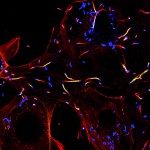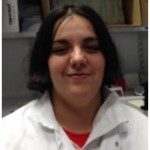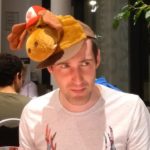Link to Pubmed [PMID] – 38077317
Link to DOI – 10.3389/fimmu.2023.1301183
Front Immunol 2023 ; 14(): 1301183
Studying neutrophils is challenging due to their limited lifespan, inability to proliferate, and resistance to genetic manipulation. Neutrophils can sense various cues, making them susceptible to activation by blood collection techniques, storage conditions, RBC lysis, and the isolation procedure itself. Here we assessed the impact of the five most used methods for neutrophil isolation on neutrophil yield, purity, activation status and responsiveness. We monitored surface markers, reactive oxygen species production, and DNA release as a surrogate for neutrophil extracellular trap (NET) formation. Our results show that neutrophils isolated by negative immunomagnetic selection and density gradient methods, without RBC lysis, resembled untouched neutrophils in whole blood. They were also less activated and more responsive to milder stimuli in functional assays compared to neutrophils obtained using density gradients requiring RBC lysis. Our study highlights the importance of selecting the appropriate method for studying neutrophils, and underscores the need for standardizing isolation protocols to facilitate neutrophil subset characterization and inter-study comparisons.






